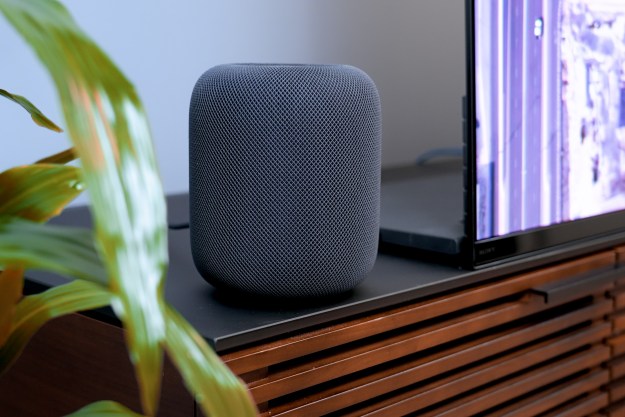Unveiled during this year’s Worldwide Developers Conference (WWDC), a select group of homes built this year will feature preinstalled Apple HomeKit systems, allowing buyers to be smart home enabled the moment they move in. Utilizing Apple’s HomeKit setup, which allows users to control smart home devices like light bulbs or thermostats, these home builders plan to fully integrate this innovative technology in the homes to assure the technology’s complete compatibility; instead of the alternative — i.e., installing smart home tech from various companies over time.
As for the companies themselves, Apple recruited the services of KB Home, Brookfield Residential, and Lennar, three homebuilding companies who each enjoy a sizable amount of nationwide reach. Per the WWDC announcement, each of the companies has agreed to build Apple HomeKit-installed homes later this year, with Brookfield Residential also planning on setting up a showroom to inform customers of what’s available. Additionally, KB Home says it’s already putting together an Apple HomeKit package, which will be available to install this fall.

“KB Home is pleased to extend our reputation as an industry leader in innovation, technology, energy efficiency, and our unique Design Studio experience by offering homebuyers the Apple HomeKit,” said KB Homes in a statement sent to Digital Trends. “Apple HomeKit, and the new Home app in iOS 10, embody those principles by offering a simple, secure, and convenient way to control home automation products such as your lights, door locks, or thermostats.”
During its WWDC keynote, Apple also unveiled its new HomeKit controlling application called, simply, Home which will debut when iOS 10 releases this year. With Home, users of HomeKit will now have the ability to control all their Home Kit-enabled devices from the application itself, as opposed to relying on separate apps. The “everything under one roof” approach to its smart home technology is a massive step in the right direction for Apple, which had long been chided for making users turn to other apps to utilize its service.

A move of this magnitude certainly doesn’t come without at least one issue, and Apple’s preinstalled HomeKit push has an issue in spades — and you’re likely already thinking about it now. What if a potential buyer has an Android phone instead of an iOS-compatible device? Brookfield Residential never envisioned a home being strictly iOS-compatible, understanding that focusing on a model such as this would severely limit its customers. The thing is, because Apple is having its way with the HomeKit-installed homes, an Android user would still have to turn to separate apps for smart home devices instead of using the singular Home app.
As smart home technology continues to innovate — and continues to gain popularity — it’s not the least bit far-fetched to assume built-in smart homes will become the norm in a matter of years. Though Apple has employed just three homebuilders to essentially spread its message and raise smart home awareness, it’s likely this craze is only in its infancy, and once other companies see the moneymaking potential, it will be odd to see a home not outfitted with smart home tech.
Editors' Recommendations
- Apple’s new iPads look amazing, but there’s one big problem
- Apple overhauled its two best iPad accessories. Here’s what’s new
- This is when Apple will finally release its new 2024 iPads
- Echo Pop vs. HomePod (Gen 2): is the HomePod worth its added cost?
- Matter adds support for fridges, air purifiers, robot vacuums, and more with massive 1.2 update



